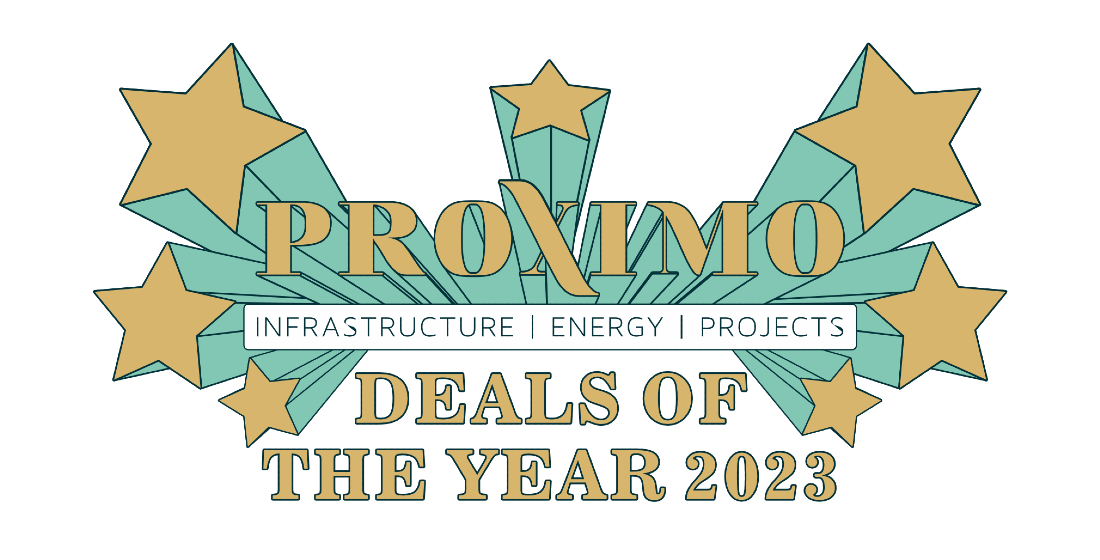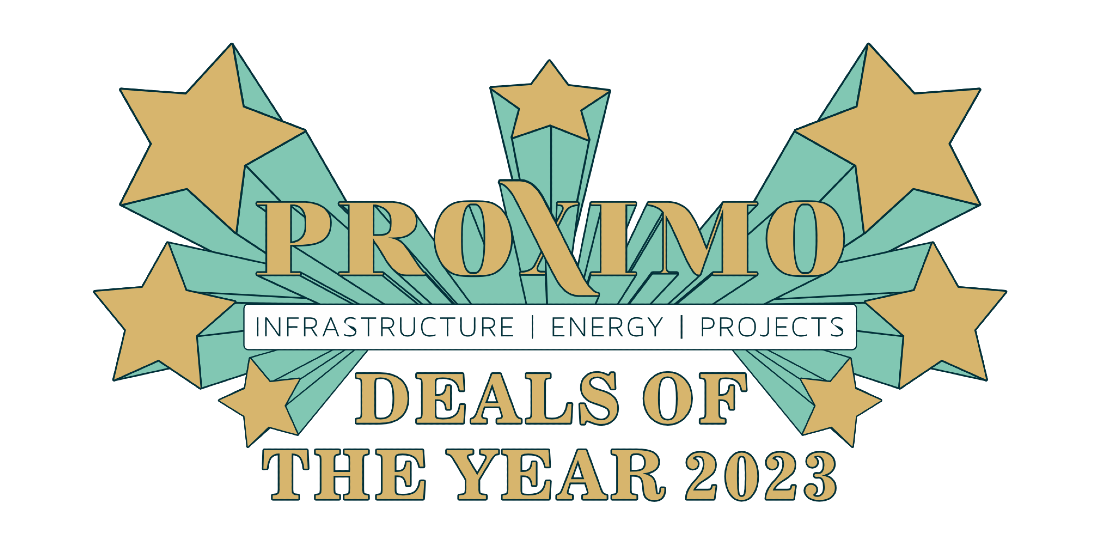Subordinated debt: Realistic return options?
Watch the webinar on-demand. Can higher cost debt stay competitive in choppy credit markets, or can providers thrive even with higher pricing?
SUBSCRIBERS CAN WATCH THIS WEBINAR ON-DEMAND HERE
If you aren't currently a subscriber but would like to access our content and watch-on demand, please subscribe here.
Key takeaways from the webinar:
1) Drivers of increased use of subordinated debt include a combination of demand factors, such as sponsors seeking greater leverage and early-stage development capital, and supply factors, including (until recently) loose monetary policy and lenders looking to put capital to work in ESG-friendly ways.
2) Sponsors increasingly can, and do, use different ways to monetise project revenues without increasing leverage, such as metals streams and landcos.
3) Subordinated financings expose lenders to behavioural and organisational quirks and nuances, making workouts very unpredictable, and losses very binary - lenders can lose everything or nothing, and little in between.
4) Credit market conditions might be less of an issue for power and renewables holdo lenders than power market conditions - volatile energy markets and recent legislative changes could change the playing field in very unpredictable ways.
Key themes discussed at the webinar:
- Some definitions of subordinated, holding company and mezzanine lending
- Risks and awards attached to this type of lending
- Outlook for the market given credit conditions
- Best and worst assets and jurisdictions for this debt type
Background:
Subordinated debt has become an increasingly mainstream option for infrastructure investors. Once an expensive debt option perched awkwardly between senior debt and equity, holding company financings have become common for investors looking to recapitalise portfolios, improve returns on single assets, or avoid interfering with complex senior debt structures.
The universe of lenders is expanding, encompassing leveraged loan investors looking to diversify, infrastructure funds, experienced insurance companies and even commercial banks alongside established mezzanine players. The assets suitable for subordinated debt investments include transport and social infrastructure but especially renewables, as investors with ESG mandates look to put capital to work within appropriate risk-return boundaries.
But with credit markets looking unsettled, do subordinated debt investments again start to look more equity-like? And are lenders and their advisers equipped to view them that way? Would an increase in blended debt costs fall primarily on senior or subordinated tranches? Would an increase in debt costs force a slowdown in renewable energy investment levels.
Proximo was joined by a group of experienced investors and advisers in the space to discuss evolving market conditions, financing norms and the potential outlook for the product.
Confirmed speakers
- Tom Nelthorpe, Proximo (Moderator)
- Carlos Terre, Scope
- Richard Susalka, Norton Rose Fulbright





